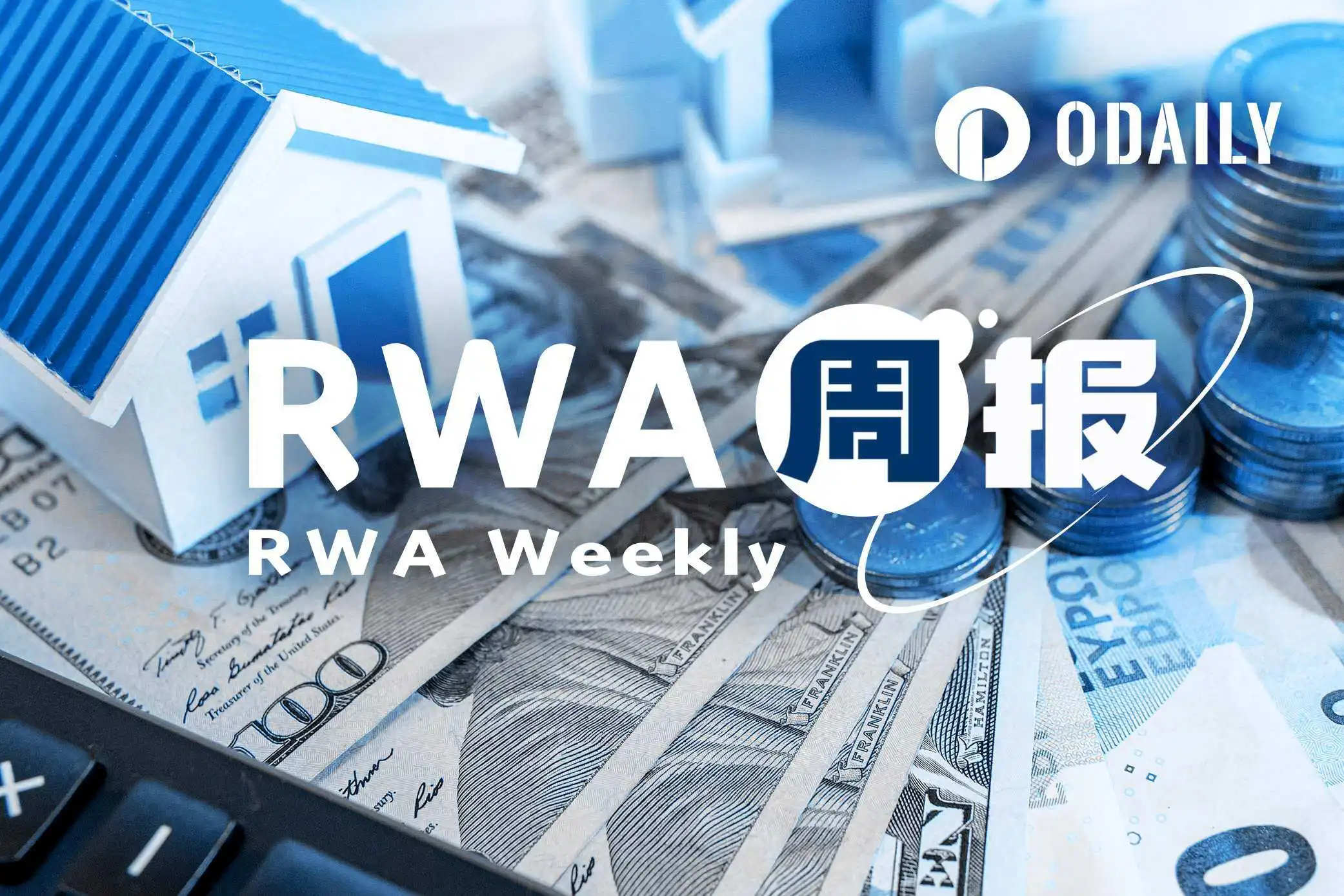Original Title: "The Structural Consequences for Growth"
Author: arndxt, Crypto KOL
Translation: Luke, Mars Finance
The market will not self-correct. The government has once again become a part of the production function.
The endgame is not collapse, but controlled decline—a financial system that survives on reflexive liquidity and policy scaffolding, rather than productive reinvestment.
The U.S. economy is entering an era of "managed capitalism": equity is retreating, debt is dominant, policy is the new engine of growth, and finance has become the economy itself.
Nominal growth can be manufactured, but true productivity requires rebuilding the connection between capital, labor, and innovation. Without this, the system can be sustained, but it no longer generates compounding.
1. Structural Shift in Capital Formation
The equity market, once the core engine of American capitalism, has now systematically failed to provide accessible capital for a wide range of U.S. businesses. The result is a massive migration of capital to private credit, which has now become the de facto allocator of capital in the mid-market and capital-intensive sectors.
Public equity issuance remains at decades-long lows, while the assets under management (AUM) of private debt have surpassed $1.7 trillion, reflecting the late-cycle phase of financialization. Companies are increasingly favoring debt over equity, not because they have better credit, but because the structure of the public market has broken down: low liquidity, concentration of passive investment, and punitive valuation multiples for asset-heavy models have made going public economically unviable.
This has created a distorted incentive cycle: no one wants a balance sheet. Light-asset, rent-extracting business models dominate the valuation framework, while capital-intensive innovation craves equity financing. Meanwhile, private credit has adopted the "asset capture" model: lenders win either way—either earning high spreads when projects succeed or seizing hard assets when projects falter.
2. The Era of Financialization
This trend is the culmination of a forty-year experiment in "hyper-financialization." With interest rates structurally low for an extended period, investors chase returns not through productive investment, but through appreciation of financial assets and leverage expansion.
Key Consequences:
Households use rising asset values to offset stagnant wage growth.
Companies prioritize shareholder supremacy, outsource production, and pursue financial engineering.
Economic growth becomes decoupled from productivity, relying on asset inflation to sustain demand.
This dynamic of debt without productive use has hollowed out the domestic industrial base and created an economy optimized for returns on capital rather than returns to labor.
3. Crowding Out Effect and Reflexivity of Credit
The fiscal regime in the post-pandemic era has exacerbated this issue. Record sovereign debt issuance has "crowded out" private borrowers in the public credit market, pushing capital toward private lending structures.
Private credit funds are now pricing loans based on artificially compressed public spreads, creating a reflexive feedback loop:
Public issuance declines → Mandated buyers chase limited high-yield supply → Spreads tighten → Private credit reprices (lower) → More issuance shifts to private placements → The cycle strengthens.
Meanwhile, the Federal Reserve's implicit guarantee of corporate credit since 2020 has distorted the informational value of spreads themselves. Default risk is no longer priced by the market, but managed by policy.
4. The Problem of Passive Investment
The rise of passive investment has further undermined price discovery. Index-based fund flows dominate equity trading volumes, concentrating ownership in a handful of trillion-dollar managers whose incentives are homogenized and benchmark-bound.
The result is:
Small and mid-cap public companies suffer from structural liquidity exhaustion.
The coverage of equity research has collapsed.
The IPO market has shrunk, replaced by later-stage private rounds (Series F, G, etc.), leaving public investors unable to participate.
The breadth and vitality of the market have been replaced by oligopolistic monopolies and algorithmic liquidity, which will create clusters of volatility when capital flows reverse.
5. Squeezing Innovation
Financial homogeneity is also reflected in the real economy. A healthy capitalist system requires heterogeneous incentive mechanisms—entrepreneurs, lenders, and investors pursuing different goals and time horizons. However, today's market structure compresses risk-taking into a single dimension: maximizing returns under risk constraints.
Historically, innovation thrived where diverse industries and capital structures intersected. Today, this ecosystem is collapsing, with "everyone lending, no one investing," reducing "serendipitous innovation" and long-term productivity growth.
6. The Necessity of New Industrial Policy
As this structure erodes organic growth potential, the state is re-emerging as a major economic participant. From the CHIPS Act to green subsidies, fiscal industrial policy is being used to compensate for the failures of private capital formation.
This represents a partial inversion of the U.S.-China model: the U.S. is now using targeted public-private partnerships (PPP) to re-anchor supply chains and create nominal growth, while China leverages surplus power and manufacturing to maintain its global dominance.
However, (the U.S.) execution remains uneven, politically constrained, resource-inefficient, and geographically misallocated (e.g., building semiconductor plants in water-scarce Arizona). Nevertheless, this philosophical shift is decisive.
7. Social Contract and Political Reflexivity
The consequences of forty years of financial optimization are evident in the vast gap between asset wealth and wage income. Housing and stocks now account for a historic high share of GDP, while real wages remain stagnant.
Without redistribution of opportunity—not through transfer payments, but through ownership—political stability will be eroded. From tariffs to industrial nationalism, the rise of populist and protectionist movements is symptomatic of economic disenfranchisement. The U.S. is not immune; it is leading this experiment.
8. Outlook: Stagnation, State Capitalism, and Selective Growth
This (referring to the current system) is not a singular "Minsky moment," but signifies gradual erosion—lower real returns, slow "de-equitization," and episodic volatility managed through policy intervention.
Key themes to watch:
Dominance of public credit: As deficits persist, the "crowding out effect" will continue.
Industrial re-onshoring: The government drives nominal growth through subsidies.
Saturation of private credit: Eventually, profit margins will compress and idiosyncratic defaults will occur.
Equity stagnation: As capital chases certainty rather than growth, a decade-long compression of valuation multiples will emerge.
免责声明:本文章仅代表作者个人观点,不代表本平台的立场和观点。本文章仅供信息分享,不构成对任何人的任何投资建议。用户与作者之间的任何争议,与本平台无关。如网页中刊载的文章或图片涉及侵权,请提供相关的权利证明和身份证明发送邮件到support@aicoin.com,本平台相关工作人员将会进行核查。




